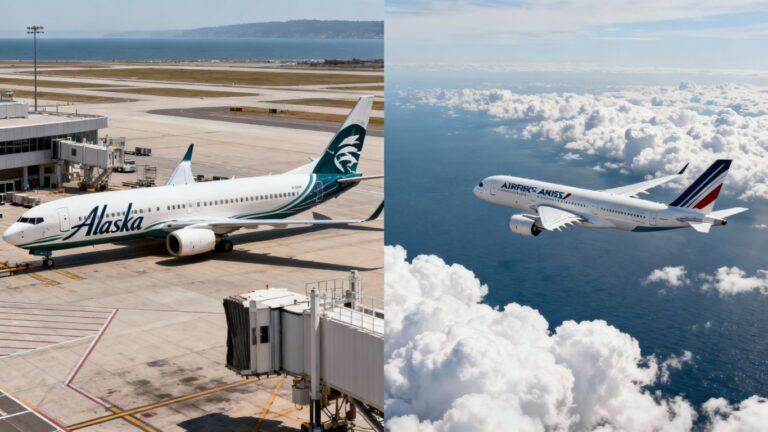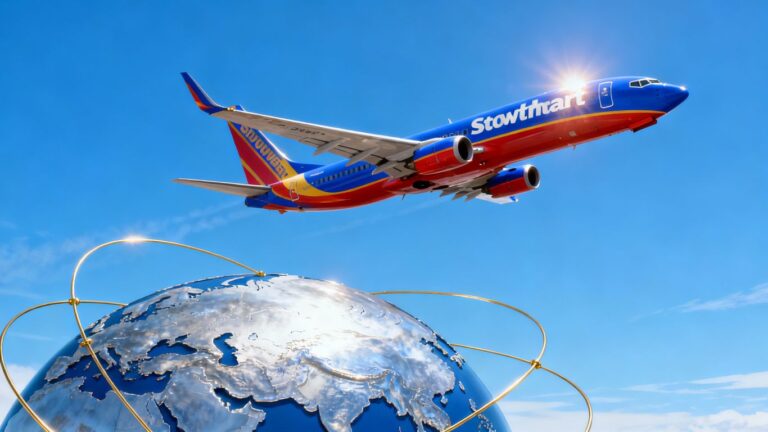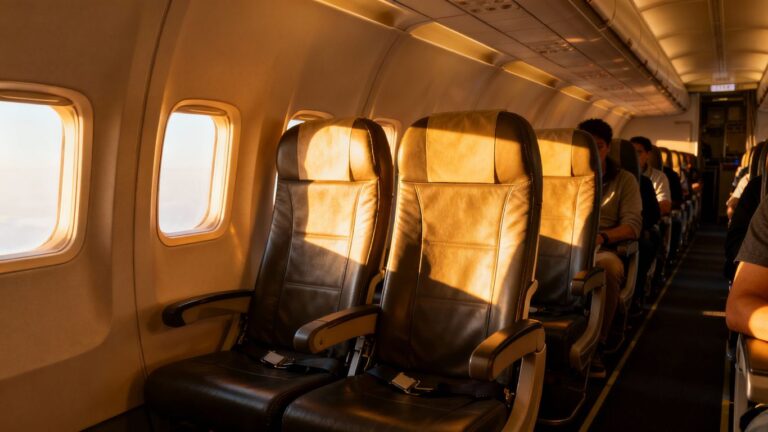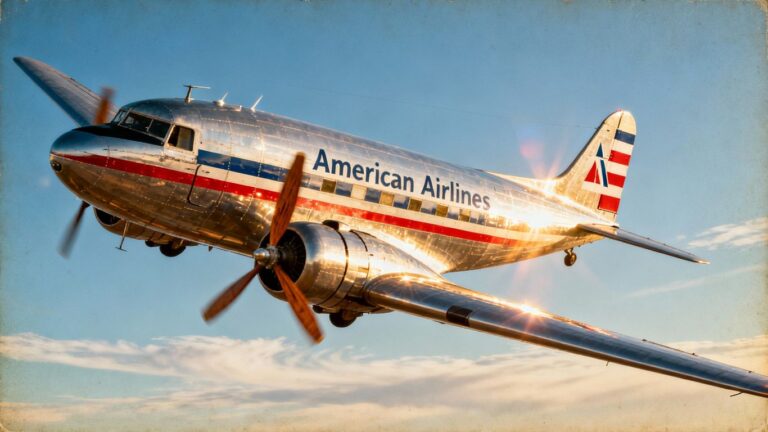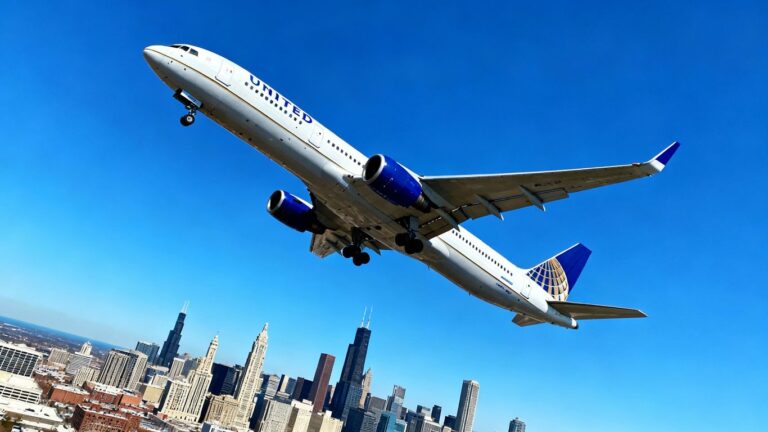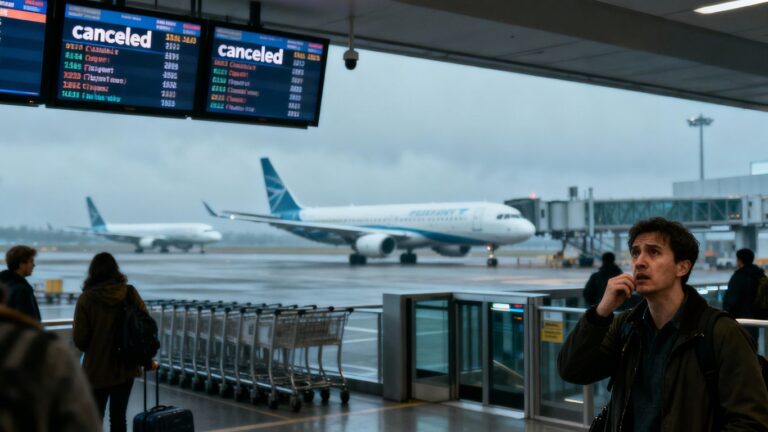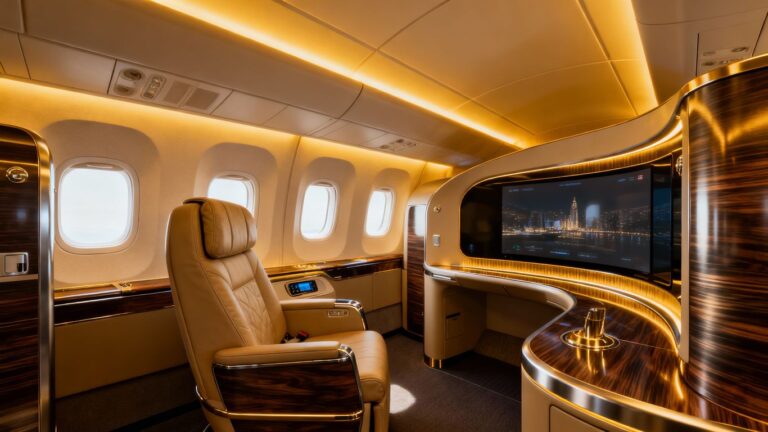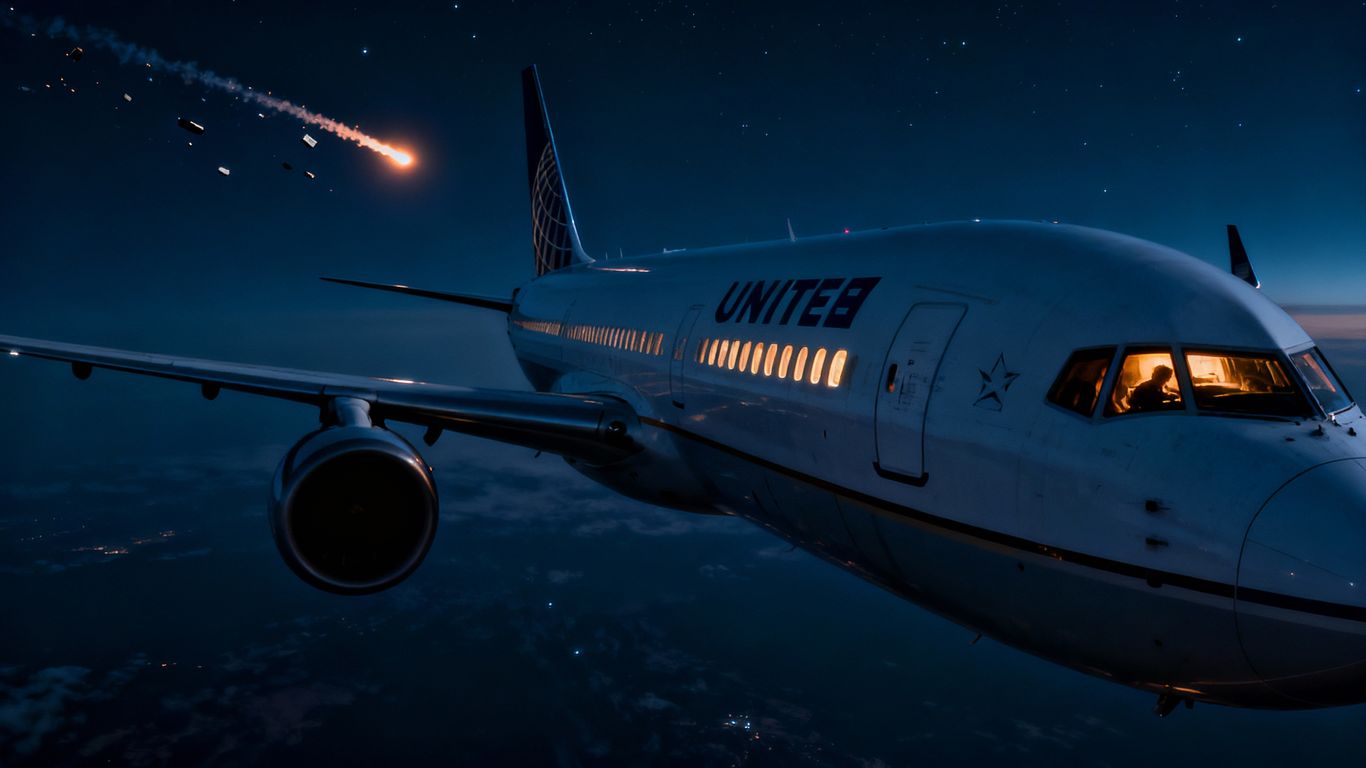
A United Airlines flight from Denver to Los Angeles was forced to divert to Salt Lake City on Thursday after a mysterious incident involving the aircraft’s cockpit windshield. The diversion of Flight 1093, carrying 140 passengers, has sparked speculation about the cause, with space debris being one of the theories being considered.
Key Takeaways
- A United Airlines Boeing 737 MAX 8 diverted to Salt Lake City due to a cracked windshield.
- Initial reports suggested potential damage from space debris or a meteorite.
- New photos suggest the damage might be consistent with a severe hail strike.
- The aircraft remains grounded in Salt Lake City.
The Incident Unfolds
United Airlines Flight 1093, en route from Denver to Los Angeles, made an unexpected diversion to Salt Lake City. The airline initially stated the diversion was due to a crack in one layer of the cockpit windshield. The aircraft, a Boeing 737 MAX 8, was at cruising altitude of 36,000 feet when the issue arose.
Space Debris or Hail?
Speculation about the cause of the windshield damage intensified following the release of cockpit photos by aviation watchdog JonNYC. Some reports suggested scorch marks, leading to theories of impact from space debris or a meteorite. However, further analysis of exterior photos, including marks on the aircraft’s nose, has led some experts to lean towards a severe hail strike as a more probable cause.
These exterior photos show impact marks near the upper corner of the captain’s windshield, with cracking propagating across the outer ply. Dozens of marks on the surrounding nose cone are described as resembling hail peppering. Experts note that while hail at 36,000 feet is rare, it can occur, sometimes ejected far from a storm’s core.
Expert Analysis and Alternative Theories
While the possibility of space debris cannot be entirely ruled out, the evidence presented in the photos appears more consistent with a hail encounter. Hail can cause cockpit windows to become opaque and damage the radome, leading to diversions. The abrasions on a pilot’s forearm, visible in an interior cockpit shot, could potentially be from incidental contact during such an event.
Other theories considered include internal electrical faults or connector issues that could cause localized overheating and cracking of a windshield ply, potentially leaving scorch marks. However, the absence of soot or arc trails in the photos makes this less likely. The risk of space debris to aviation is statistically very low, with no confirmed commercial aircraft strikes on record.
The aircraft remains on the ground in Salt Lake City, with passengers being accommodated on a replacement aircraft. Investigations into the exact cause of the windshield damage are ongoing.
